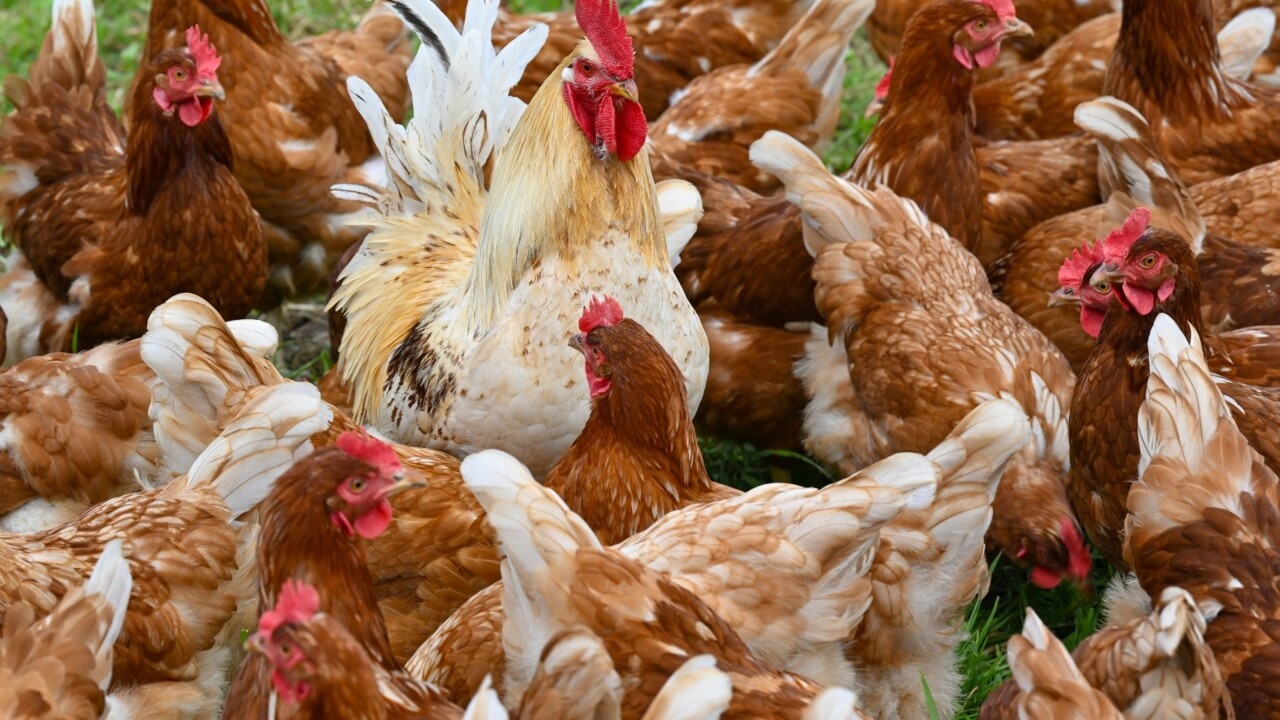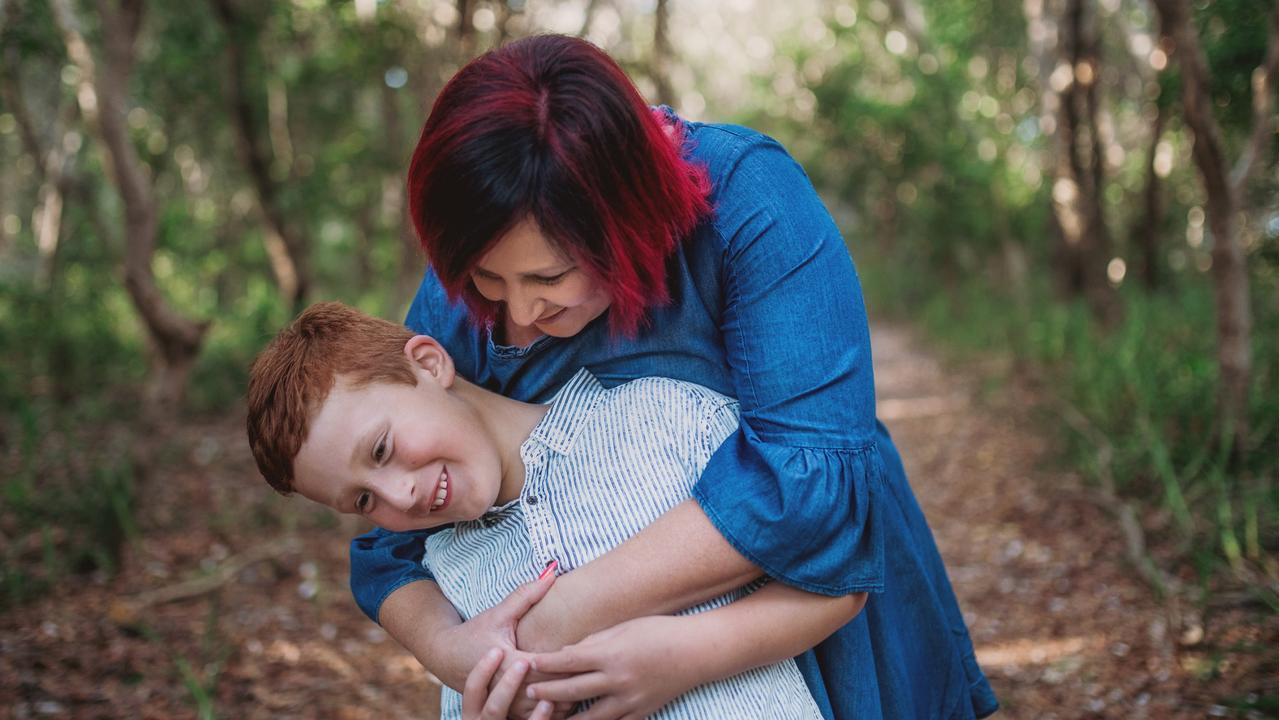Bird flu vax, surveillance planned amid fears of deadly spring outbreak
A string of emergency response measures are planned after the first human case of the deadly H5N1 strain of avian influenza was detected in Australia.

Health
Don't miss out on the headlines from Health. Followed categories will be added to My News.
The Australian government is set to announce $7 million to combat a feared spring outbreak of a highly deadly strain of bird flu after the country’s first human case was detected in Victoria.
The raft of emergency measures would include investigating commercial vaccines, increased wildlife surveillance, and rapid response systems to the “high mortality” H5N1 strain of avian influenza.
More than half of confirmed H5N1 human infections lead to death, according to World Health Organisation statistics.
The investment to counter the threat of an outbreak, confirmed by Agriculture Minister Murray Watt to the AFR, comes after a “severely infected” girl brought the high pathogenicity H5N1 strain from India to Melbourne.
Unlike the strains of bird flu that have broken out in farms across Victoria, NSW and the ACT, the new H5N1 strain can cause severe disease in humans and has a “high mortality rate”.
From 2003 to 22 May 2024, 891 cases of human infections with avian influenza A(H5N1), including 463 deaths, have been reported to WHO from 24 countries. Almost all of these cases have been linked to close contact with infected live or dead birds, or contaminated environments.

Australia’s two-year-old patient zero, who fully recovered in 2.5 weeks, was placed under quarantine after returning to Australia from Kolkata on March 1.
Victoria’s chief health officer Dr Clare Looker in May sought to calm fears of a wider outbreak of H5N1, which the WHO said has not acquired the ability of sustained transmission among humans.
“There is no evidence of transmission in Victoria and the chance of additional human cases is very low as avian influenza does not easily spread between people,” Dr Looker said in a health alert.

“Contact tracing has not identified any further cases.”
The new measures to combat the spread of the H5N1 strain comes amid a global outbreak of other strains in birds and animals.
Millions of chickens were destroyed and quarantine orders set up around at least 11 poultry farms nationally after detecting H7N8, H7N3 and H7N9 strains.

WHAT IS THE H5N1 BIRD FLU STRAIN?
The H5N1 strain is a subtype of bird flu that can infect humans and cause severe disease. The World Health Organisation says the strain, while it has a low likelihood of transmission, has a high mortality rate.
The Australian case of H5N1 is not the same as the highly pathogenic viruses causing an outbreak in the United States among dairy cows.
WHO IS AUSTRALIA’S ‘PATIENT ZERO’
A two-and-a-half-year-old girl who travelled to Kolkata, India from February 12-19 is the first laboratory-confirmed human case of H5N1.
The girl’s family did not report that she was feeling unwell when arriving in Australia on 1 March.
A day later, she was taken to a hospital in Victoria before being transferred to an intensive care unit in Melbourne. Bird flu was confirmed on 18 March.
WHAT ARE THE SYMPTOMS?
The girl, who had no underlying conditions, began feeling unwell in India on February 25 with loss of appetite, irritability and fever.
The symptoms worsened and the febrile girl was coughing and vomiting.
Other symptoms can include conjunctivitis and gastrointestinal issues, before progressing to respiratory illness and neurological changes.
Severe disease can be fatal.
HOW DEADLY IS H5N1?
More than half, or 52 per cent, of confirmed human infections have led to death, according to the World Health Organisation.
From 2003 to May 22 2024, 891 cases of human infections with avian influenza A(H5N1), including 463 deaths, have been reported to WHO from 24 countries. Almost all of these cases have been linked to close contact with infected live or dead birds, or contaminated environments.
WHAT ARE THE TREATMENTS?
According to the World Health Organisation, “evidence suggests that some antiviral drugs, notably neuraminidase inhibitors (oseltamivir, zanamivir), can reduce the duration of viral replication and improve prospects of survival in some cases.”
More Coverage
Originally published as Bird flu vax, surveillance planned amid fears of deadly spring outbreak




